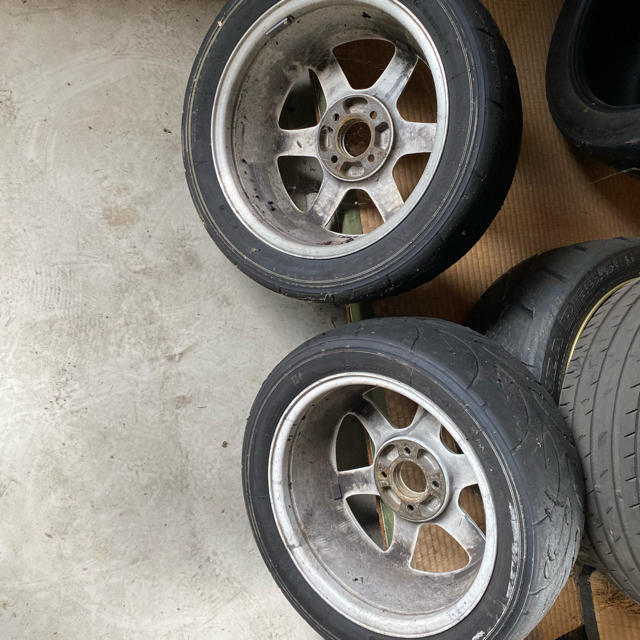-
シーンから探す
- レザージャケット
- ショルダーバッグ
- 雑貨
- トイガン
- ひざ丈ワンピース
- かごバッグ
- アクセサリー
- コミック/アニメ
- タオル
- 岐阜県のその他
- その他
- シャツ/ブラウス(七分/長袖)
- ノートPC
- パーカー
- スポーツ別
- デニム/ジーンズ
- ダウンジャケット
- フィッシング
- デニム/ジーンズ
- 美術品
- 工具、DIY用品
- エレキギター
- キッチン家電
- 自転車、サイクリング
- ネックレス
- ブランド腕時計
- 和歌山県の家具
- 鉄道模型
- 工具、DIY用品
- フィッシング
- ハンドバッグ
- マフラー・排気系
- コミック/アニメ
- 人、グループ別
- 応援グッズ
- キャンプ、アウトドア用品
- アート、エンターテインメント
- パーツ
- キャラクターグッズ
- ゲーム
- ぬいぐるみ
- その他
- オートバイ車体
- ネックレス
- Tシャツ/カットソー(半袖/袖なし)
- バッジ
-
贈る相手から探す
- シャツ
- ショルダーバッグ
- ウエア
- スマートフォン本体
- ブランド腕時計
- スラックス
- トイガン
- 中古車・新車
- 船、ボート
- ホビーラジコン
- 本
- 国内自動車本体
- かごバッグ
- マウンテンパーカー
- クラブ
- リュック/バックパック
- シャツ
- その他
- 埼玉県のその他
- スポーツ別
- その他
- キャラクターグッズ
- 国内自動車本体
- スニーカー
- キッチン、食器
- 家具、インテリア
- キャラクターグッズ
- ヘルメット/シールド
- 腕時計(アナログ)
- オートバイ
- 靴/シューズ
- アメコミ
- ミュージシャン
- ポケモンカードゲーム
- 観葉植物
- 青森県の家電
- ファッション小物
- スニーカー
- 魚類、水生生物
- その他
- ジャージ
- その他
- 雑貨
- 本
- 冷暖房、空調
- ミリタリー
- キッチン、食器
- クラブ
- おもちゃ
- ブランド腕時計
- タバコグッズ
- カテゴリから探す
- おまとめ注文・法人のお客様
レイズホイールsize15x6 1/2jj 2本のみ ベスト
-
商品説明・詳細
-
送料・お届け
商品情報
ガリキズ、曲がり、目視ではほぼありません。タイヤはホイール保護の為に履いている程度です。バルブキャップないです。ですのでノーリターンノークレームでお願いします。格安にて、お早めに! 商品情報 カテゴリ 自動車/バイク › 自動車 › タイヤ・ホイールセット
残り 2 点 19,500円
(357 ポイント還元!)
翌日お届け可(営業日のみ) ※一部地域を除く
お届け日: 01月20日〜指定可 (明日16:00のご注文まで)
-
ラッピング
対応決済方法
- クレジットカード
-

- コンビニ前払い決済
-

- 代金引換
- 商品到着と引き換えにお支払いいただけます。 (送料を含む合計金額が¥291,028 まで対応可能)
- ペイジー前払い決済(ATM/ネットバンキング)
-
以下の金融機関のATM/ネットバンクからお支払い頂けます
みずほ銀行 、 三菱UFJ銀行 、 三井住友銀行
りそな銀行 、ゆうちょ銀行、各地方銀行 - Amazon Pay(Amazonアカウントでお支払い)
-



























